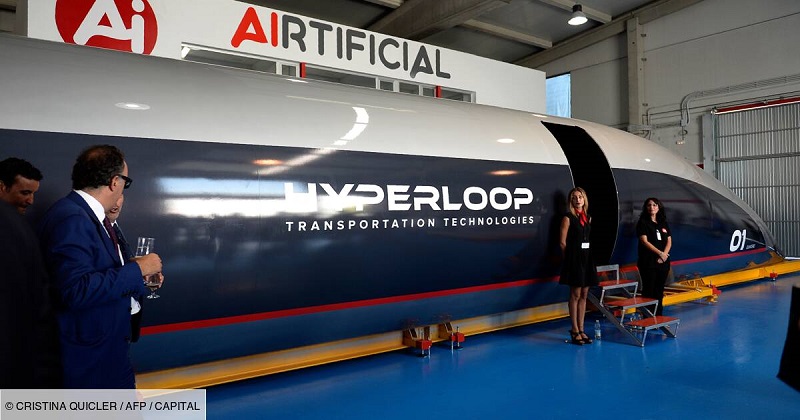
Hyperloop Technology: The Future of High-Speed Ground Transport
Hyperloop represents the next leap in transport technology – a high-speed ground transport system conceived to transform the way we live, work, and travel. This visionary concept, which sounds like science fiction, is rapidly progressing towards reality. The Hyperloop promises to propel passengers at speeds over 700 mph through low-pressure tubes using magnetic levitation. The implications of this are profound, offering the potential for intercity travel times to be reduced to minutes. Aimed at a broad audience aged 25-65, this article delves into what Hyperloop is and how it functions, demystifying the technology that may soon redefine transportation as we know it.
The Hyperloop Concept and Its Visionary Origins
The concept of the Hyperloop is relatively straightforward: encapsulate passengers in a pod and transport them at high speeds through a tube. But the innovation lies in the details.
The Birth of Hyperloop
First proposed by Elon Musk in 2013, the Hyperloop idea was an open-source response to the limitations of traditional high-speed rail. By eliminating air resistance and friction, the Hyperloop aims to surpass these methods in both speed and efficiency.
Since Musk’s white paper release, multiple companies have embarked on turning the Hyperloop into a reality, with test tracks and feasibility studies expanding globally.
The technology combines elements of rail, aerospace, and magnetic levitation (maglev) to achieve its groundbreaking speed targets.
The Mechanics Behind the Speed
At the heart of Hyperloop technology is the concept of reducing air resistance. By creating a near-vacuum within the transport tube, air resistance is minimized, allowing the pod to travel at high speeds with less energy.
Magnetic levitation lifts the pod above the track, removing friction and enabling the high speeds. Propulsion is provided by a series of linear induction motors placed along the tube, which control the pod’s speed and movement.
Designing the Hyperloop System
Designing a Hyperloop system involves integrating several components: the tube, the pod, and the infrastructure to support them.
The Tube: Creating a Low-Pressure Environment
The tube is the backbone of the Hyperloop system. Constructing a structure that can maintain a low-pressure environment over long distances presents engineering challenges, including temperature fluctuations and the need for straight alignment.
Materials and construction methods are being developed to withstand these challenges while maintaining cost-effectiveness and safety.
The Pod: A Vehicle Unlike Any Other
The design of the Hyperloop pod combines aerodynamics, passenger comfort, and safety. The pod must be sealed to maintain the low-pressure environment, requiring innovations in door seals and emergency exits.
Inside, the pod is designed to be a comfortable space for passengers, with discussions around amenities and seating arrangements that optimize both capacity and experience.
Safety systems are paramount, with considerations for emergency braking, pod integrity, and system redundancies being actively addressed by designers.
Infrastructure and Scalability
Creating the infrastructure for the Hyperloop goes beyond the physical tube and pod. Stations, maintenance facilities, and urban integration are key components that are being planned to ensure the system is not only efficient but also accessible.
Scalability is a critical aspect, as the system must be able to grow with demand and integrate with existing transport networks.

Challenges and the Road Ahead
The road to Hyperloop’s commercialization is paved with technical and regulatory challenges. These range from proving the technology at full scale to obtaining the necessary permissions to build the infrastructure.
Overcoming Technical Challenges
As with any groundbreaking technology, Hyperloop faces significant technical hurdles. These include perfecting the tube’s vacuum system, ensuring reliable maglev systems, and achieving pod safety at high speeds.
Test tracks are crucial in this phase, allowing engineers to trial and improve upon each component of the system.
Regulatory and Environmental Considerations
Regulatory approval is as significant a challenge as the technical aspects. Hyperloop systems must navigate an intricate web of land use rights and safety regulations.
Environmental impact assessments will play a crucial role in the approval process, as sustainability is a key promise of the Hyperloop concept.
